Teaching basic adverb use is a great step to take after your ESL student becomes comfortable with adjective use (order, comparative and superlative). The good news is that teaching basic adverb use does not have to be overly complicated, and we are happy to release our first two lesson plans covering adverbs.
You can find our first two adverbs lesson plans under the Adjectives&Adverbs section of our Teacher tab. The following is a summary of what you can expect to find in our adverbs lesson plan series:
A5.1 – Adverbs – 1
In our first lesson designed for teaching basic adverb use for your ESL students we focus on the following target language:
- We introduce the form of adverbs (adjective + -ly / + ily / – e + -y)
- We introduce adverbs as used after verbs (e.g. she paints beautifully)
- We distinguish between adjectives and adverbs used after the verb to be and other sensory verbs (feel, like etc…) (e.g. that chocolate cakes smells delicious/deliciously)
We provide an ample amount of image heavy exercises for your students to practice the basic use of adverbs and become comfortable with their form and structure:
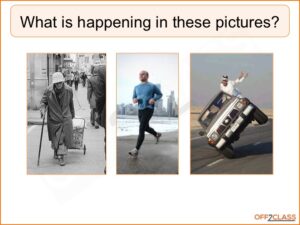
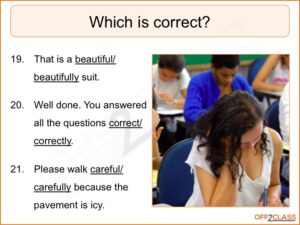
A5.2 – Adverbs – 2
In our second lesson plan targeted at teaching basic adverb use for your private ESL students we have the following learning outcomes:
- We pay special attention to good vs. well (+ both answers being suitable to the question: How are you?) and the construction of well-past participle to make adjectives (e.g. well-dressed/well-behaved)
- We also make special note of late, hard and fast as they are both adjectives and adverbs and are heavily used in daily conversation
- We continue by addressing that lately and hardly are adverbs with completely different meanings compared to late and hard used as adverbs (e.g. you cannot come late to meetings vs. I haven’t come to meetings lately)
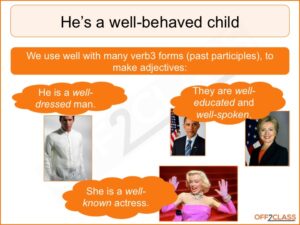
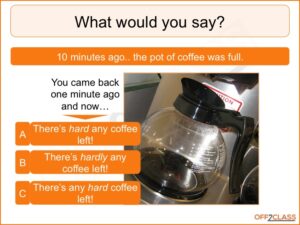
We hope these two lesson plans prove to be a great resource for teaching basic adverb use to your ESL students. We would love to hear what any ESL teachers out their think of the lesson plans!






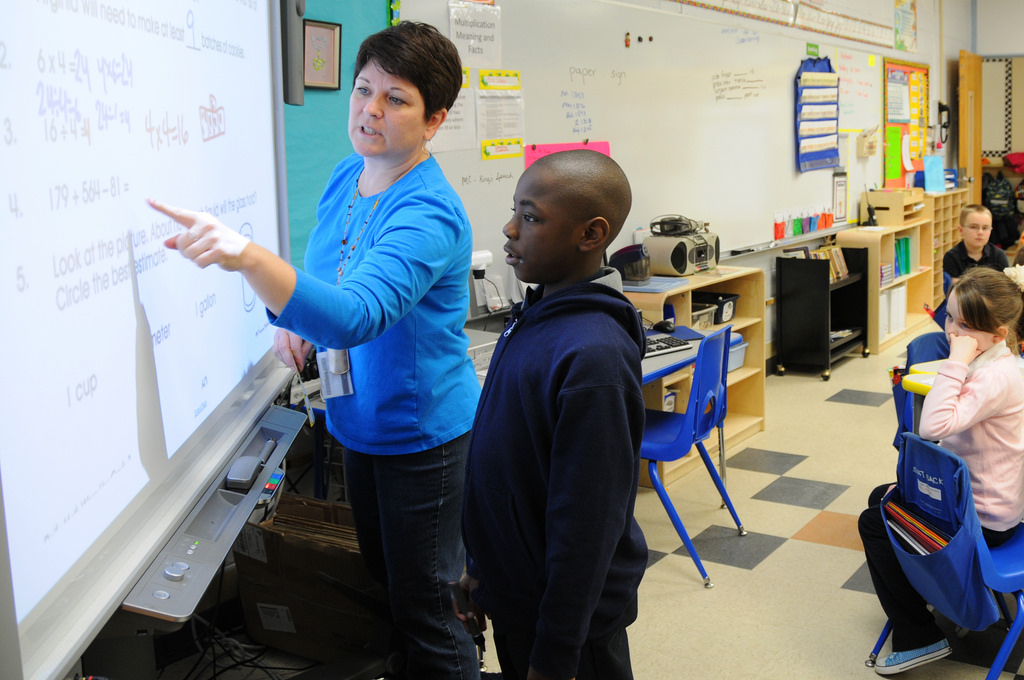
![4 Free Phonics Lesson Plans [Updated]](https://www.off2class.com/wp-content/uploads/2025/03/Screenshot-2025-03-19-at-3.14.59 PM.png)
Leave a Reply